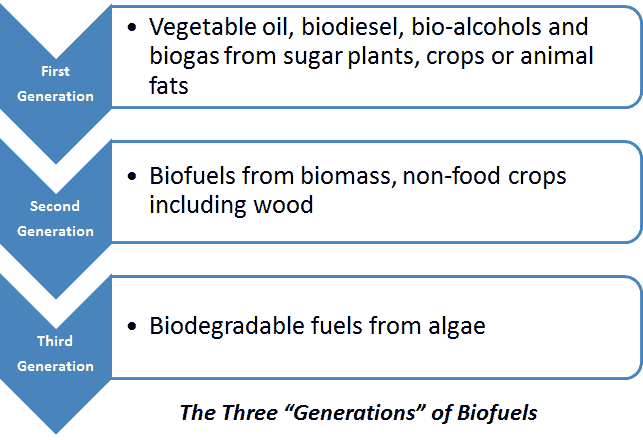Bio Energy
Power from Living Sources
| B |
|---|
Some of the processes that are used to convert biomass into energy include combustion (ex. burning wood), gasification (ex. combustible gas mixture- syngas), pyrolysis (ex. charcoal), anaerobic digestion (ex. methane), and fermentation (ex. ethanol).

- Biomass and Bioenergy: Renewable Paths to Sustainablity
One-Pager Series C-073 - Fast Facts: Biomass Energy
- Biomass Energy - National Geographic
- Biofuels Information Network
- Biomass Resource Information Clearinghouse
- Biomass Energy Research Association
- American Biomass Association
- Biofuels for Sustainable Transportation
• • • • Bio |
 |
Return to Urban Energy Contact: |